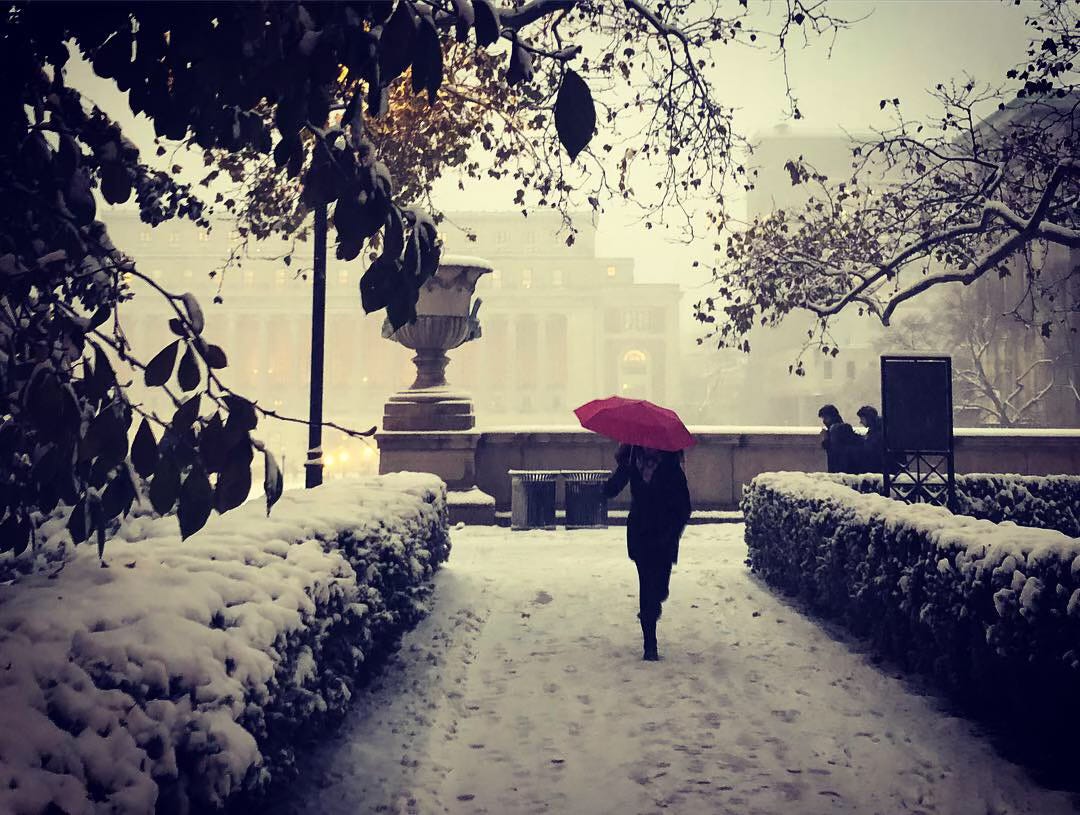
Preface: A note on timing: I write this piece during a particularly challenging week for the American research community, as we grapple with an unprecedented landscape for federal research funding—the bedrock of scientific discovery in our nation. These challenges come at a time when questions of who belongs in our universities and libraries face renewed scrutiny and when the very notion of expertise meets growing skepticism.
Perhaps it might seem naive, even outright pollyanna-ish, to profess such deep reverence for these institutions—their limestone towers and oak-paneled reading rooms can certainly be read as symbols of historical exclusion and elite privilege. Yet in an era of instant hot takes, spaces of learning have always signified something more profound to me. They represent not just learning but the possibility of transformation, not just knowledge but the promise of discovery. Their architecture is woven into my aesthetic DNA, speaking to something deeper than mere nostalgia—a belief in the power of spaces that invite us to think beyond our immediate circumstances, to reach toward understanding that transcends our current moment.
As I process what these changes might mean for our collective future, I find myself thinking about why these spaces of learning and discovery matter. Perhaps that's why exploring the ‘architecture of contemplation’ feels especially relevant now: these spaces remind us of what's possible when we create conditions that expand —rather than contract— possibilities. +++
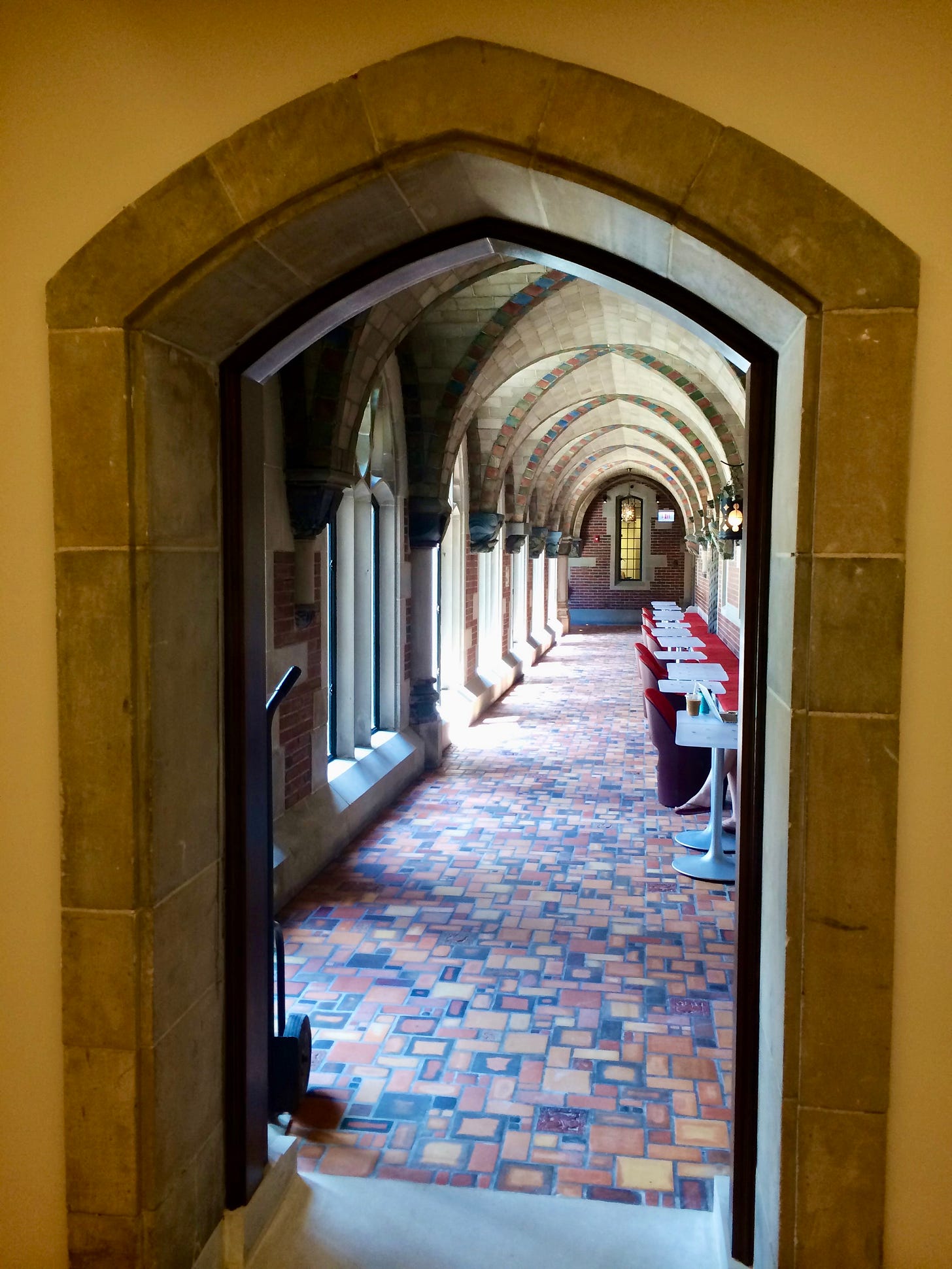
Read in the Name of Your Lord…
In these uncertain times, when the world seems to fracture in new ways each day, I find myself returning to memories of spaces built for deeper understanding—soaring chapels from my childhood, historic libraries in the cities I’ve lived in, domed mosques I’ve prayed in. These sacred spaces aren't just reminiscences of beautiful architecture; they offer blueprints for creating our own sanctuaries of thought and discovery. As I consider how to shape my home to nurture moments for contemplation and reflection for our family (more on that below), these remembered rooms serve as both inspiration and instruction, reminding me that thoughtfully designed spaces can offer more than solace—they can create conditions for the kind of deep thinking and connection our moment desperately needs.
Yes, it’s embarrassingly trite to say, but there's something about walking into a space intentionally built for learning that changes how we think about thinking. There’s something dreamlike or even otherworldly about a beautiful library. Perhaps it's the way sunlight filters through leaded glass, creating patterns that dance across worn wooden floors, or how stone walls seem to hold centuries of difficult questions within their grain. These aren't just aesthetic choices—they're invitations to think differently, to reach beyond the immediate and practical toward something more profound.
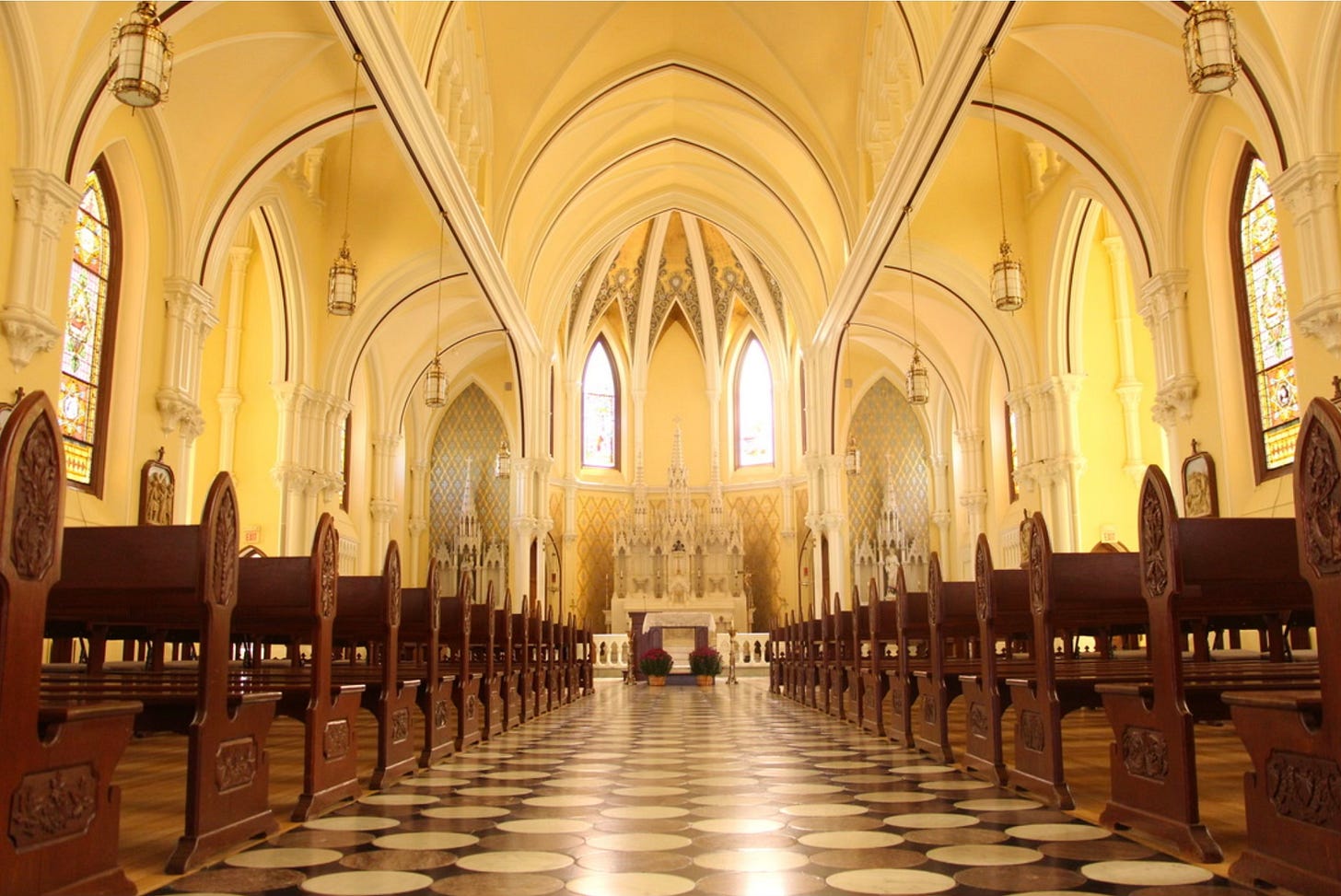
From Discarded Wash Basin to Cathedral Geometry
My first understanding of how architecture shapes thought came in the unlikely setting of a Catholic school in Cincinnati's Hyde Park neighborhood. A Muslim student in 1980s and ‘90s, Summit Country Day's Immaculate Heart of Mary Chapel remains one of the most beautiful spaces I've encountered—not despite its marriage of sacred and scholarly purpose, but because of it. Here, where pointed arches and ribbed vaults soar overhead, where light plays through stained glass windows crafted in Munich, I learned that beauty and learning aren't separate pursuits but natural companions.
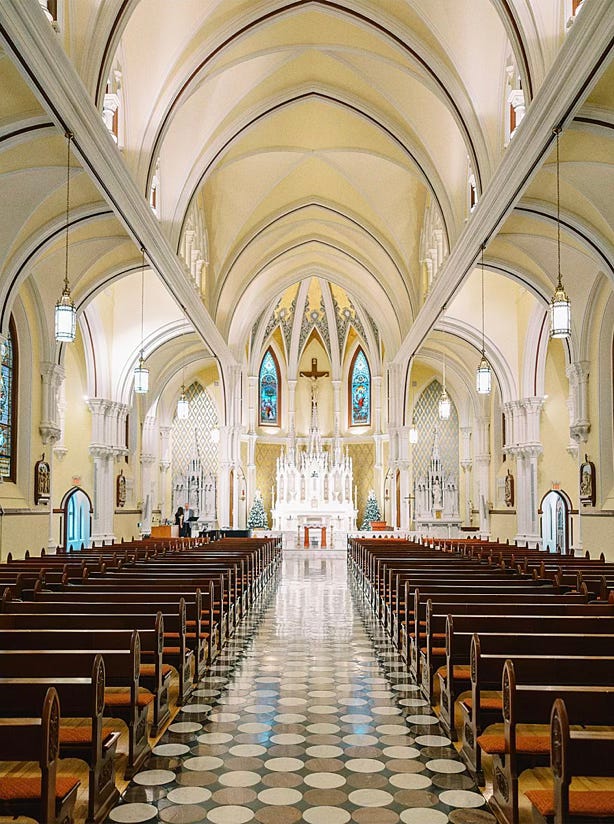
The chapel's careful balance of grandeur and intimacy taught me something essential about space: that it can simultaneously humble and uplift us. While my classmates and I sat in morning mass, the soaring ceiling drew our eyes upward while the intimate scale of the hard, wooden pews—their ends hand-carved by the early Sisters—kept us grounded. The air itself seemed charged with something fantastical, fragrant with incense and beeswax candles, while beneath our feet, circular marble tiles told their own story of ingenuity and devotion. These tiles, rescued from discarded washstand tops and carried to the chapel by the Sisters themselves, created a mesmerizing geometric pattern in black and white—a lesson in how beauty can emerge from what others might overlook.
Sister Superior Julia's vision for the chapel, completed in 1894, went beyond mere aesthetics. Her insistence on three aisles and side doors to accommodate religious processions, the main altar's stunning combination of Carrara marble and Mexican onyx—these weren't just architectural choices but statements about how space shapes ceremony, how ceremony shapes thought, and how thought shapes the soul. Even as my own faith tradition is grounded in starkly different spiritual aesthetics, this early lesson in architectural dialogue—between height and depth, between sacred and secular, between tradition and daily life—would shape my understanding of learning spaces for decades to come.
Where Fun Goes to Die
Years later, I would find myself working at the University of Chicago, where those early lessons in architectural beauty found their academic apotheosis. Here, limestone towers and gargoyles pierce the Hyde Park sky (a different Hyde Park, but the coincidence feels meaningful), creating what's often called the most cathedral-like campus outside of Oxford. UChicago's ecclesiastical architecture wasn't just an aesthetic choice—it was a philosophical statement, a deliberate creation of spaces that demanded something more from those who inhabited them.
My office in the Administration Building overlooked the main quadrangle, its windows framing Rockefeller Chapel's limestone tower—the campus's highest point. My office held its own whispers of history: while in sore need of renovation, this had once been Michelle Obama's office during her time as an administrator at the university. One day, while organizing an old desk drawer, I found her handwritten notes. There was something meaningful in this layering of connection all within walls that had witnessed the generation of ideas from people who were nothing like her, nothing like me.
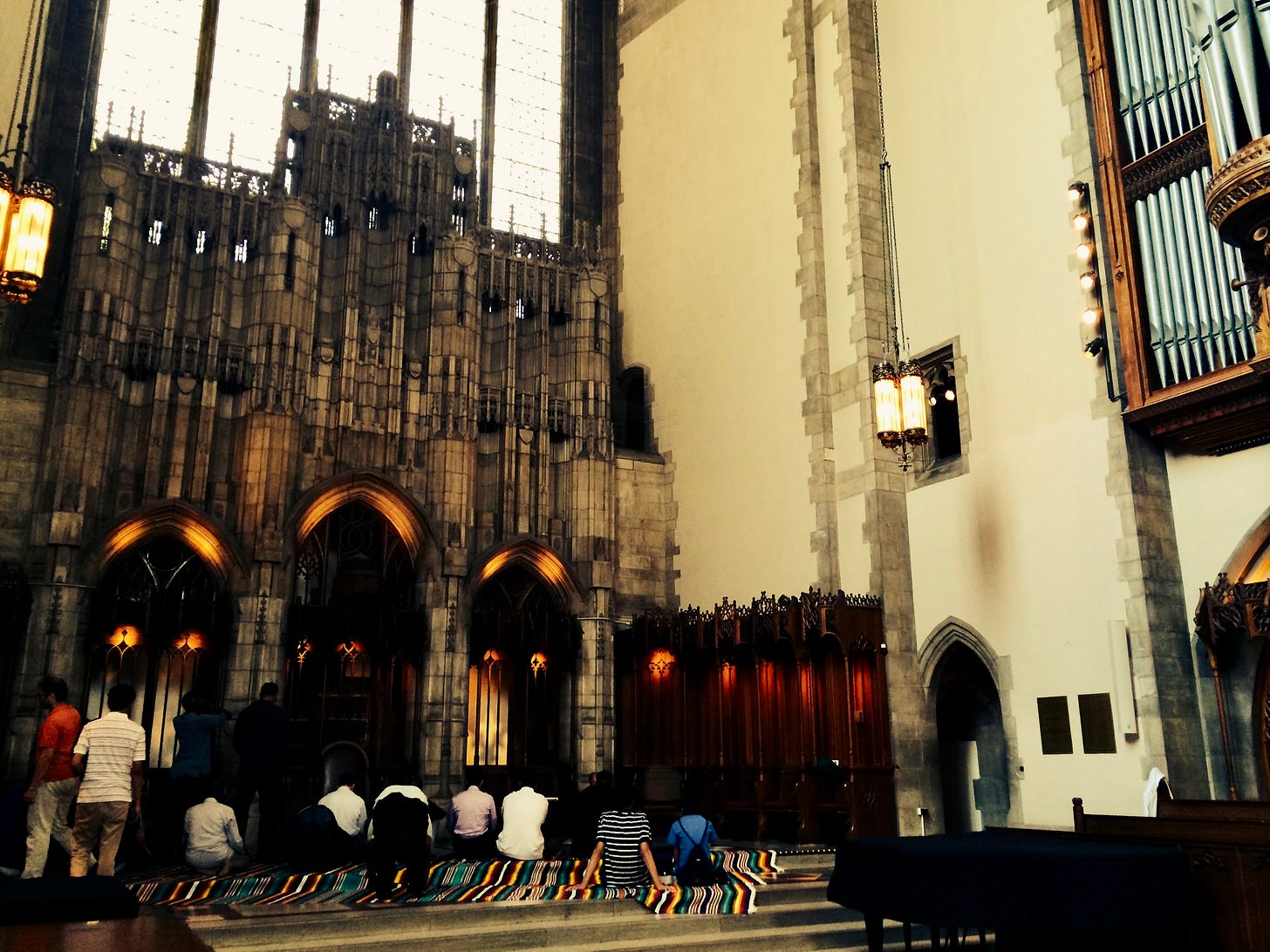
The university's renowned reading rooms embody this philosophy of serious spaces for serious thinking. In the main reading room in Harper Library (no longer a library, per se), wooden tables gleam beneath lancet windows while green-shaded reading lamps create pools of focused light. The message was clear even to the hordes of visitors following the Harry Potter movies: these spaces weren't just for studying, but for scholarship; not just for reading, but for rigor. These rooms invoked consideration and debate. The vibes less viral, more hushed than a blue check.
In documenting these spaces, I'm not merely collecting institutional postcards. Rather, I'm excavating how these environments have sculpted our collective imagination around learning itself. Yes, we must reckon with the complex legacy of these institutions. But in our necessary critique, perhaps we've forgotten something vital: the power of spaces that inspire reverence for knowledge itself. These buildings - with their soaring archways and quiet corners - weren't designed simply to impress, but to humble us before the magnitude of human understanding and its possibilities. In an era that increasingly questions the value of deep learning, I find myself drawn to defend not the institutions themselves, but the essential awe they cultivate - that transformative moment when architecture lifts our eyes and minds toward something greater than ourselves.
Plot Twist: Libraries are the OG Multiverse
If UChicago offered an American interpretation of academic Gothic, my time studying abroad at Oxford revealed its spiritual source. The Bodleian Library, with its worn stone steps and elaborate fan vaulting, doesn't just house books—it honors them. Each reading room feels like entering a thin place, where the distance between past and present scholars, between thought and revelation, grows permeable. (The abundance of jinns and ghosts might have added to that time portal effect, but that’s another story…)
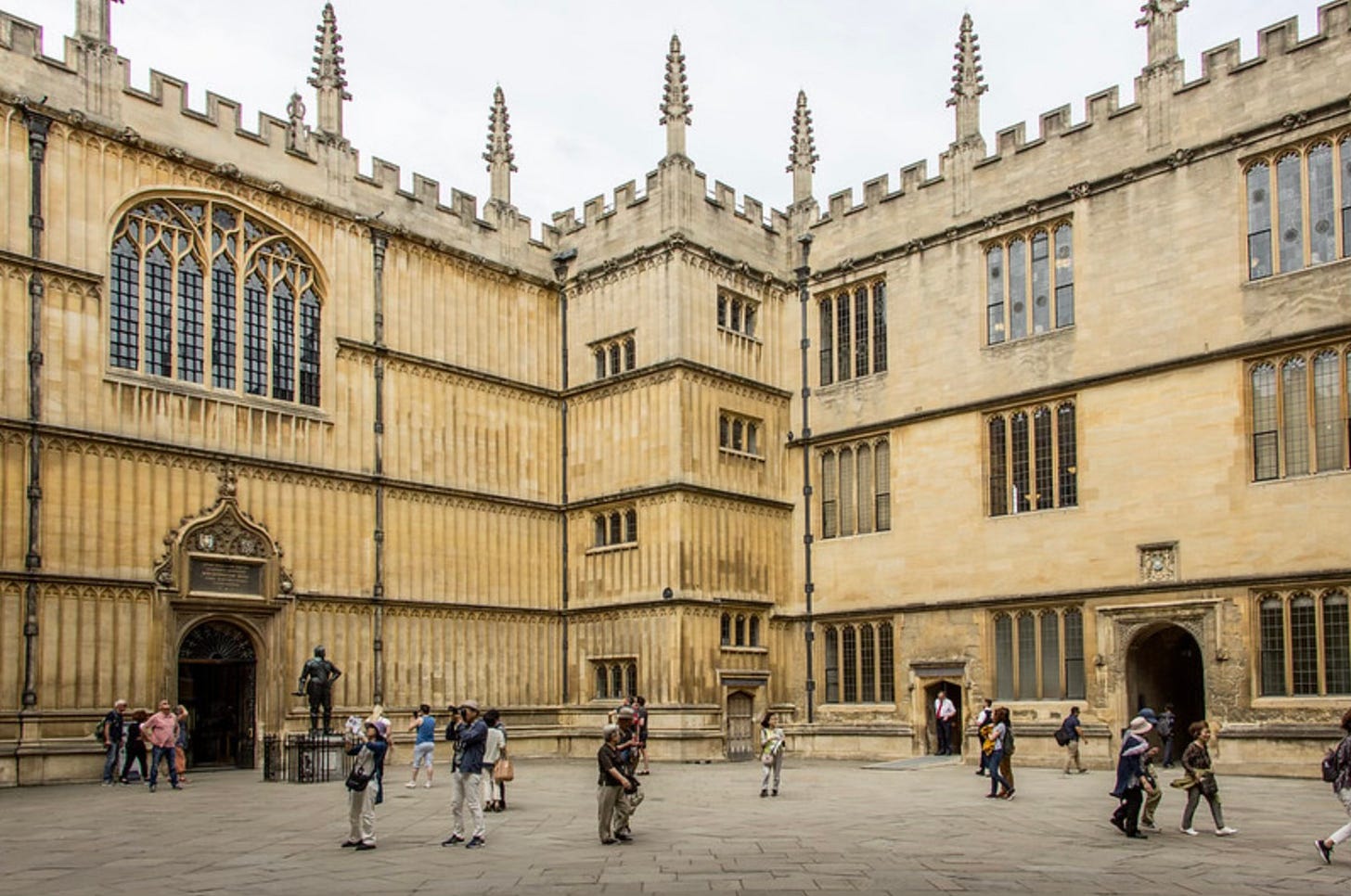
Now, bear with a little further indulgence in examining this subconscious aesthetic —not because the particular institutions pinpointed to here matter as much as that I’m interested in that they are discrete examples of how the spaces we inhabit offer the power to transform the way we even approach learning. Here’s a concrete example: At the historical core of Bodeleian, Duke Humfrey's Library, with its dark wooden beams and chained manuscripts, makes the weight of intellectual history feel almost physical. Dating back to the 15th century, medieval readers once stood at these very lecterns, turning pages by natural light filtering through mullioned windows. Now, generations later, their modern counterparts continue these ancient conversations. The space demands a kind of reverence—not just for the books themselves, but for the very act of learning.
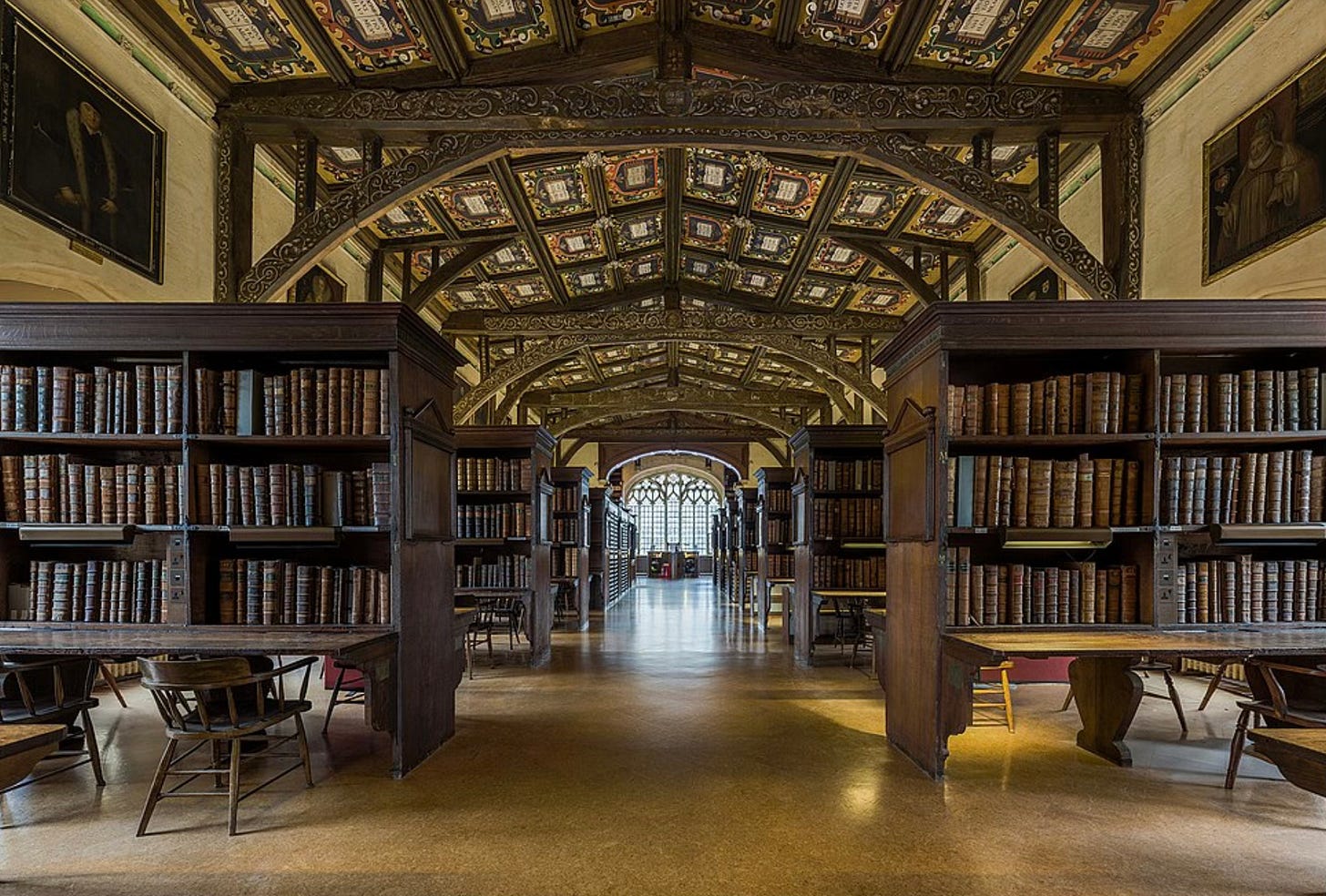
The Boedlian’s Radcliffe Camera's circular reading room demonstrates how intentionally crafted environments shape thought. Its hushed atmosphere and domed ceiling create conditions where deep focus feels not just possible but inevitable. Even the ritual of entering—passing through centuries-old gates, climbing worn stone stairs—serves as intellectual preparation, a reminder that scholarship requires both privilege and responsibility.
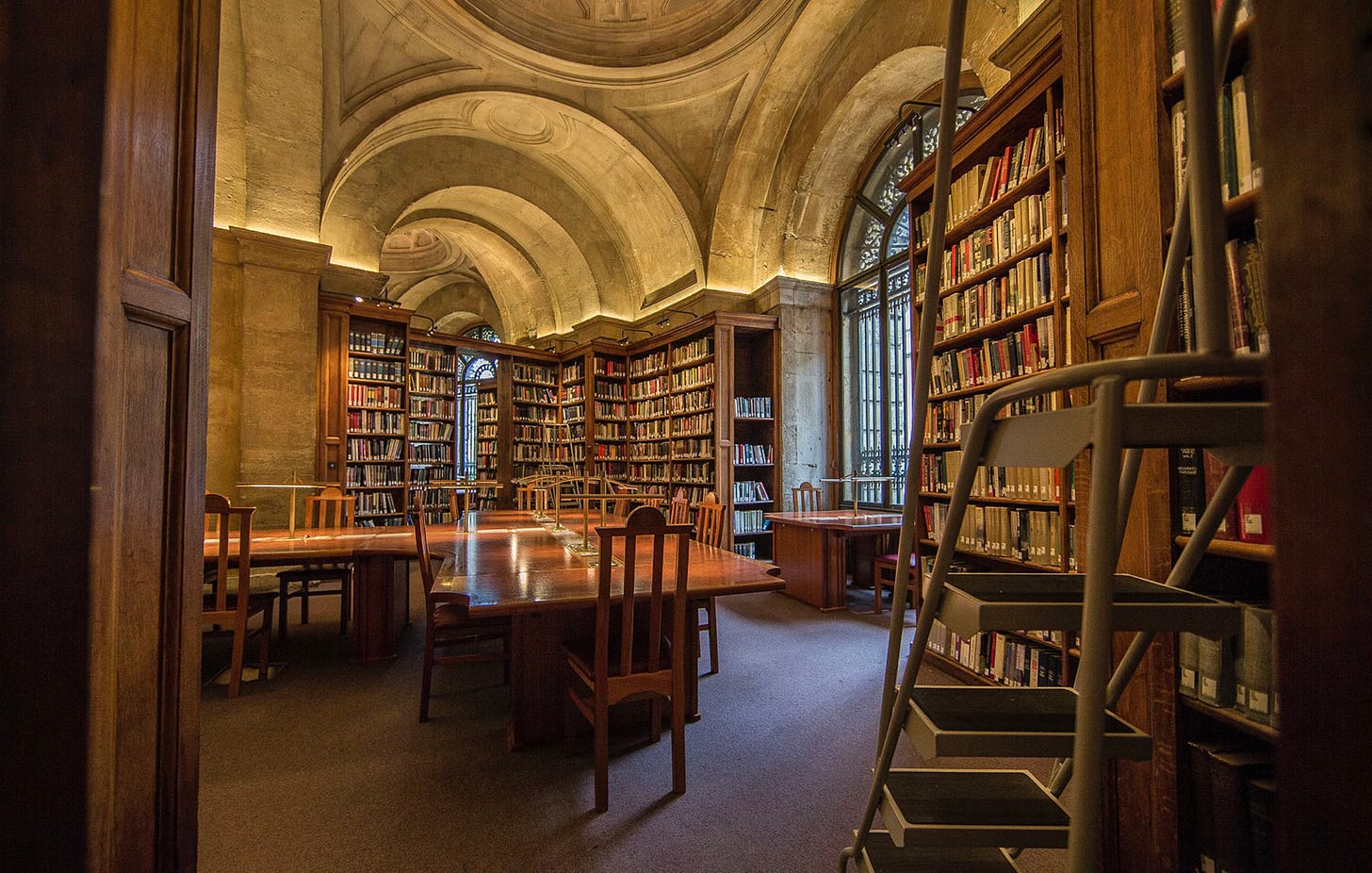
From Gothic to Global to the South Lawn
Years later, when my career took me to Columbia University, I found myself working in another space, namely Low Library, that demonstrated this connection between architectural and intellectual ambition. Here, McKim, Mead & White's interpretation of Roman classical architecture offered a different but equally compelling vision of how buildings shape thought. The grand steps leading to Low Library's entrance weren't just for show—they were a daily reminder of education's elevating purpose. Inside, the rotunda's soaring dome created a space where ideas could literally and figuratively rise.
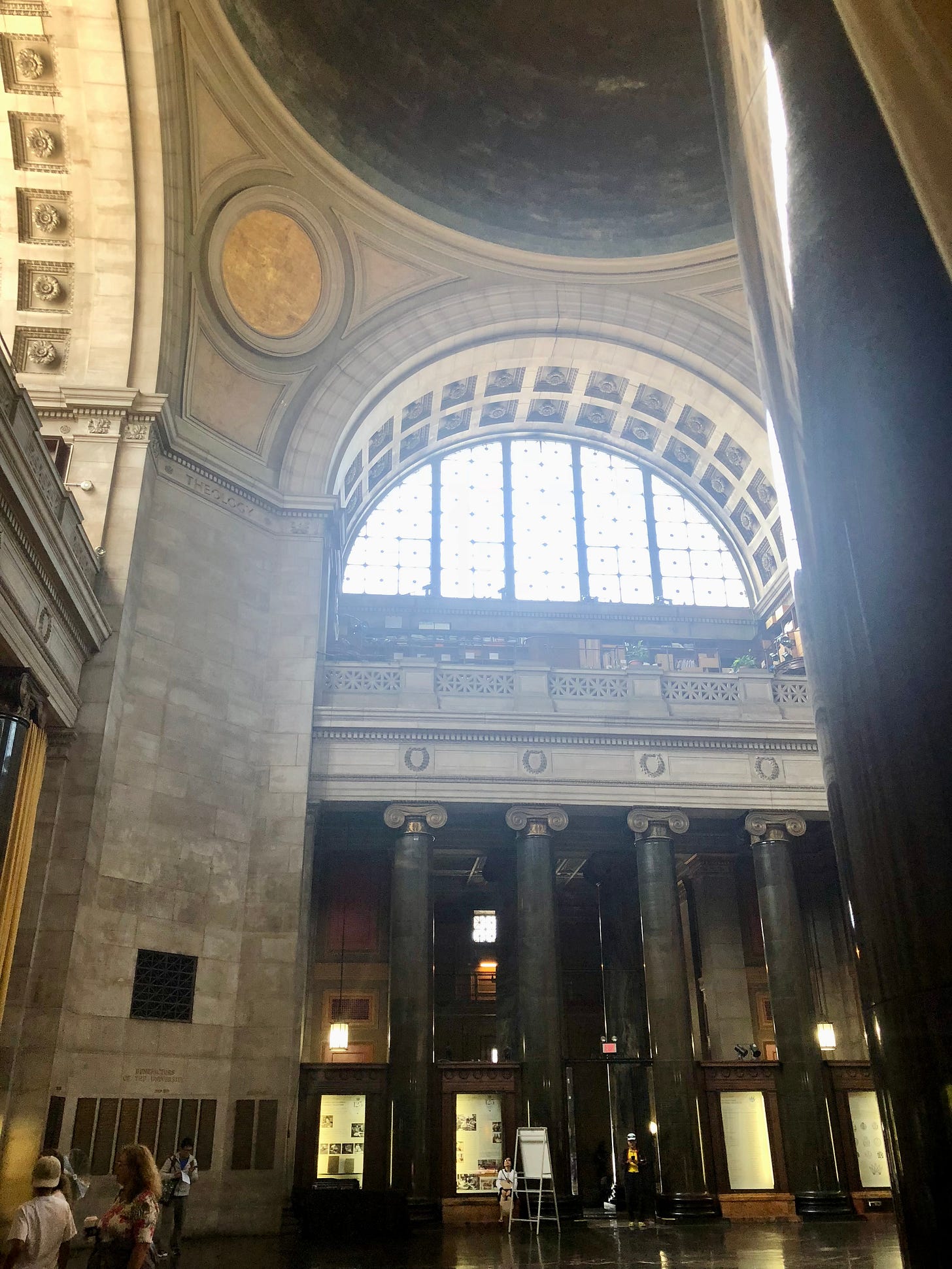
Later, at Columbia Engineering, I witnessed how even modern academic architecture could carry forward this tradition of thoughtful design. Though the materials had changed from limestone to glass and steel, the fundamental understanding remained: the spaces where we learn and work should inspire us to think beyond our immediate circumstances.
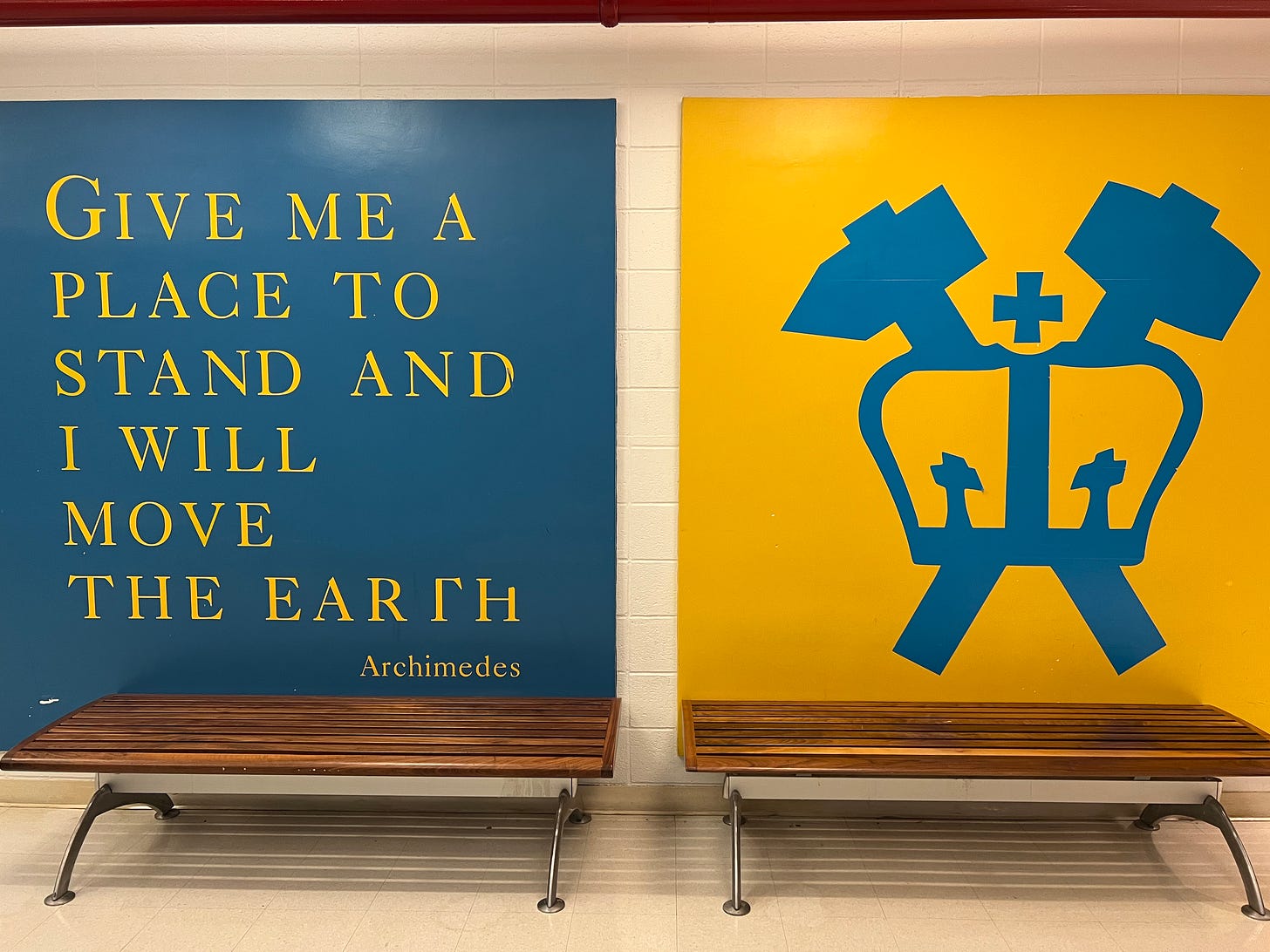
Later, in spring 2024, the South Lawn between Low Library and Butler Library—spaces I once knew as sanctuaries of learning—would transform into the Gaza Solidarity Encampment. There was a profound irony in watching these grounds, historically dedicated to free inquiry and the pursuit of knowledge, become sites of contested speech and restricted access. The sight of students being prevented from asking the urgent questions of our time in the very shadow of buildings designed to nurture such questioning became its own kind of heartbreak. As protests unfolded between these limestone sentinels of learning, I couldn't help but reflect on how even our most venerated spaces for scholarship can sometimes fail to live up to their architectural promises of ‘enlightenment’ and free exchange of ideas.

Game of Domes: When Empire Builds Back Better
This past summer's journey to Istanbul offered a different lens on the architecture of contemplation. Here, where Byzantine domes meet Ottoman sophistication, I discovered another tradition of spaces designed for deep thought and learning. The city itself reads like an architectural palimpsest—layers of intellectual history written in stone and light.
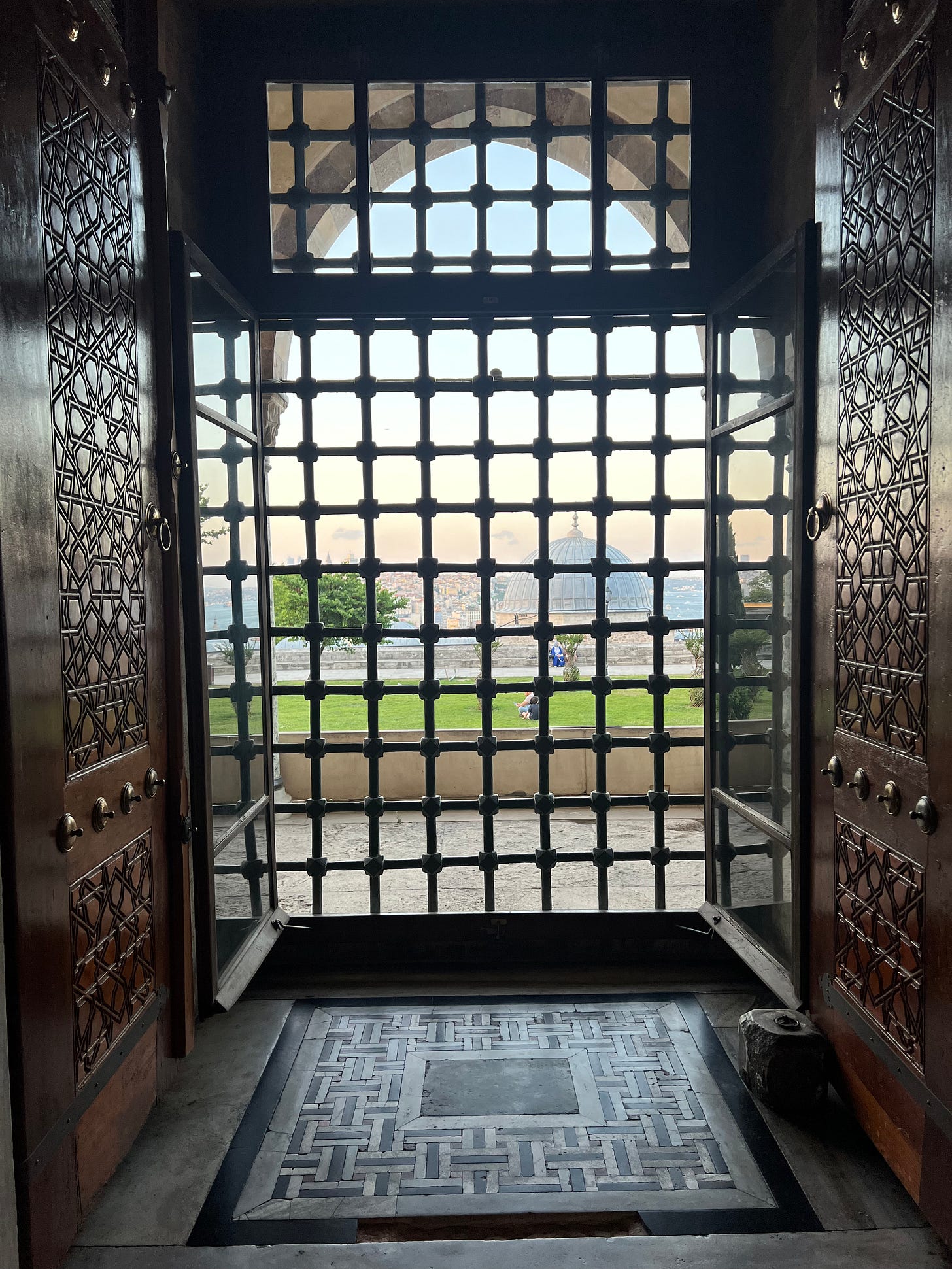
In the Suleymaniye Mosque complex, I found echoes of Oxford's quadrangles, a parallel interpretation through an Islamic lens. Here, as in the medieval madrasas and libraries of the Islamic world, learning and devotion were intentionally intertwined. The mosque's courtyard once housed not just a place of worship but a complete külliye—an educational complex including hospitals, libraries, and madrasas. The same architectural elements that create transcendent prayer spaces—soaring domes, filtered light, perfect proportions—also cultivated the ideal conditions for scholarship.
Standing under the massive dome of Hagia Sophia, where golden light filters through centuries of intellectual exchange, I thought about how spaces can hold multiple traditions at once. This building, which has served as both church and mosque, demonstrates architecture's power to adapt while maintaining its essential purpose: to lift our gaze upward, to create room for wonder.
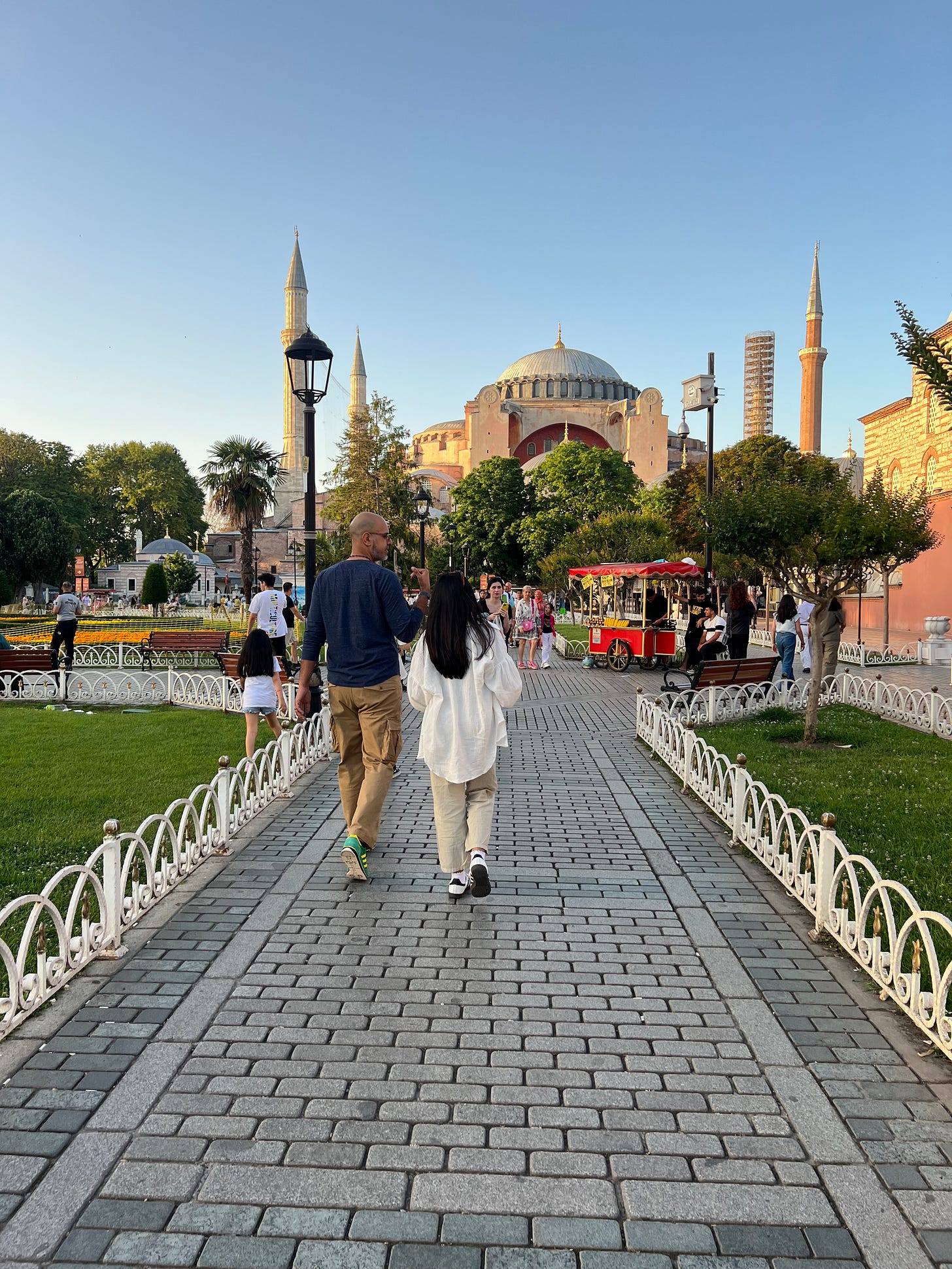
Home: The Final Frontier
These experiences—from Summit's chapel to university libraries to Istanbul's domes—fundamentally shaped how my husband and I approached designing our own home office and other spaces for reading and study throughout our home. When the pandemic forced us to create spaces that could sustain both work and wonder, laptops and rest, and host reflections on art, books, and movies, we drew upon these architectural lessons in contemplation to imagine what we wanted to create at home.
Our walls of bookshelves, carefully curated to hold volumes from across continents and centuries, echo those first lessons from Summit about how beauty and learning enrich each other. Among these treasures are two works by Haroon's great-great-grandfather, Qadi Sulayman Mansurpuri. The story of these books reveals its own kind of thin place: while pursuing his research at Columbia, Haroon discovered more of his great-great-grandfather's works in Butler Library's stacks—some volumes he hadn't been able to find in Pakistan itself. That moment of finding his ancestor's scholarship, written decades ago in Pakistan, while conducting his own academic work in NYC, collapsed time and space in an instant. These works—including a comprehensive biography of the Prophet Muhammad ﷺ now translated into English, and his hajj travelogue Safarnama Hijaz soon to be—speak to how knowledge creates its own sacred geography across generations.
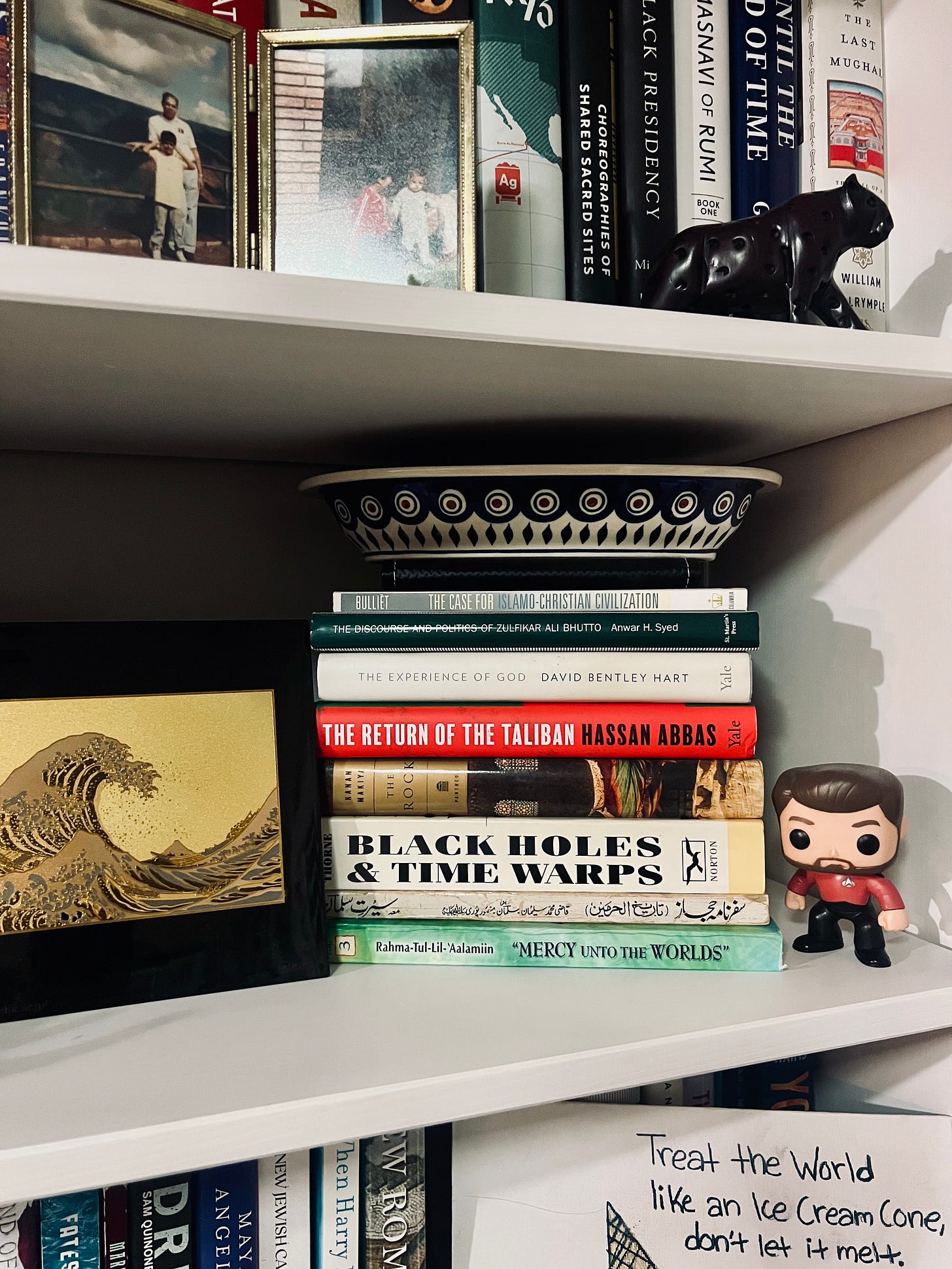
In our home, we've tried to honor this inheritance of learning and contemplation through intentional design - that centers the spiritual aspect of design in as much as the aesthetic. For instance, objects collected from our travels—a ceramic bowl from Istanbul's Asian side, prayer beads from Al-Khalil, art from an antique shop in Lebanon, Ohio—create what architects might call 'conditions for contemplation.' Eastern-facing windows flood the space with morning light, while a carefully chosen reading chair invites the kind of deep focus I first experienced in reading rooms as a college student.
Space Oddity: A User’s Guide
Creating spaces that nurture intellectual life isn't just about replicating Gothic arches or installing domed ceilings. It's about understanding how architectural elements—light, proportion, materials, and arrangement—can shape our mental landscapes. In our own home, we've learned that thoughtful design can transform even the most ordinary room into a space that invites deeper engagement with ideas.

Consider light: The architects of the great university libraries and the mosques of Istanbul understood how filtered natural light creates conditions for contemplation. In a home office or reading nook, this might mean positioning a desk near an eastern window, where morning light can energize without overwhelming. Or it could mean choosing warm-toned reading lamps that create the kind of intimate pools of light I remember from Harper Library's reading room.
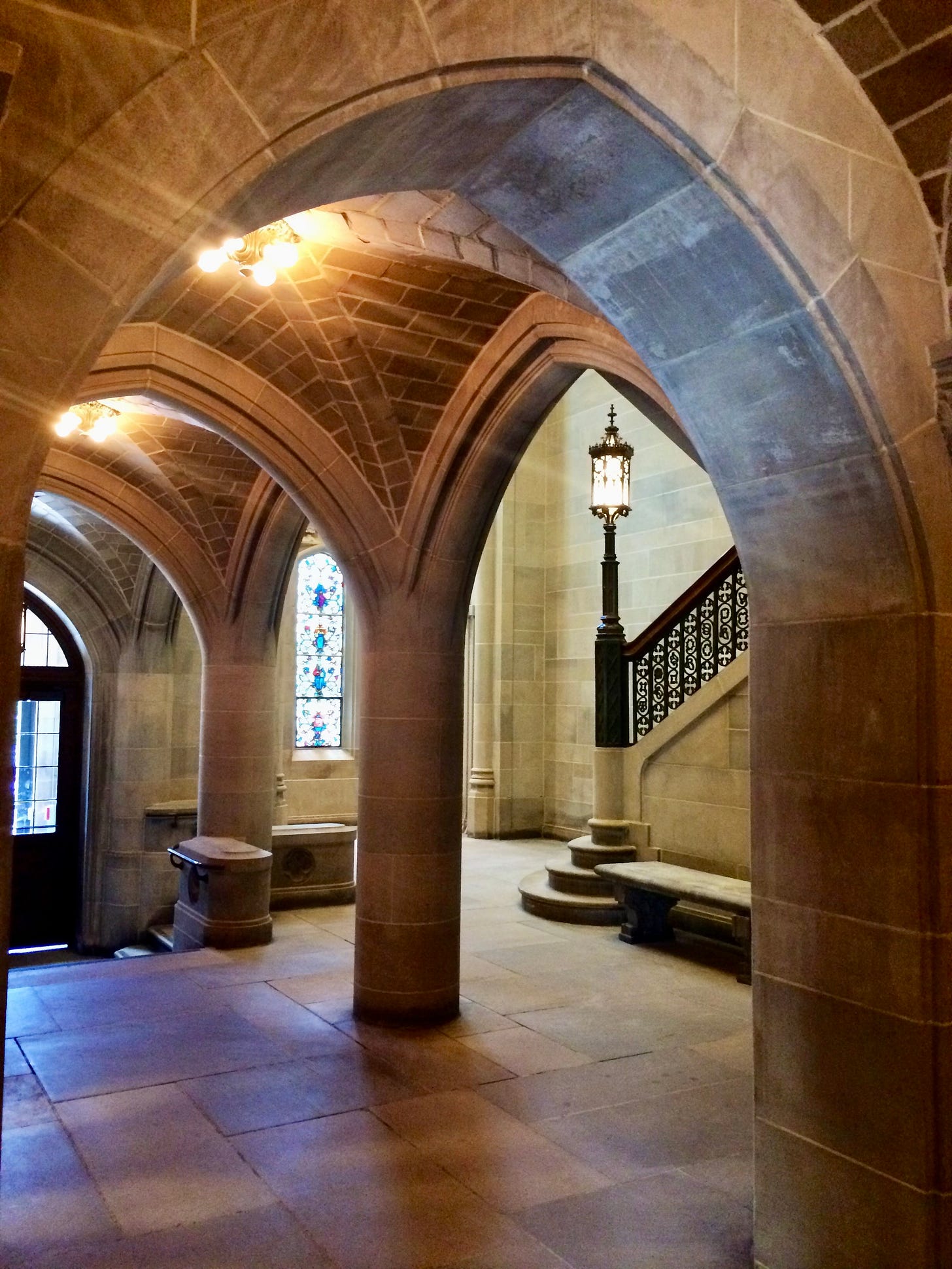
Materials matter too. The worn wooden tables of the Bodleian and the smooth marble of Summit's chapel taught me that natural materials age with dignity, acquiring character rather than wearing out. In our home office, we chose solid wood, vintage furniture and natural textiles, understanding that these materials would develop their own patina of use and memory. Even our books are arranged to create what the Ottomans understood about texture—how the varying heights and colors of spines can create visual rhythm that both soothes and stimulates the mind.
But perhaps the most important lesson from these spaces is about what they leave out. Just as Oxford's libraries created sanctuary from the outside world, our homes need spaces free from the constant intrusion of screens and notifications. This might mean a comfortable chair positioned away from the desk, a table dedicated to holding beautiful objects, or simply a wall of books that reminds us of worlds beyond our immediate concerns.
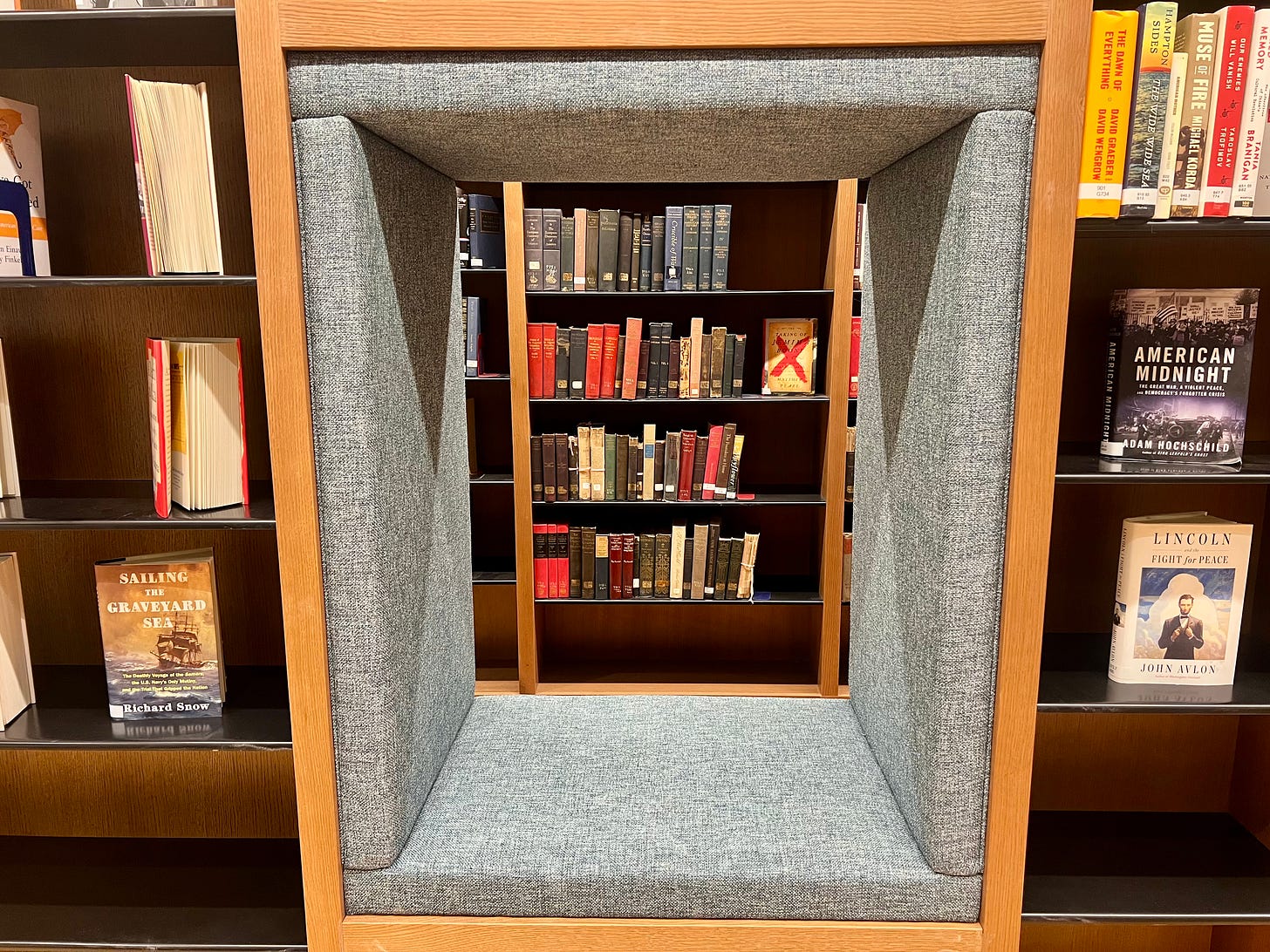
Some practical suggestions for creating contemplative spaces:
Create layers of light: natural light for day, warm indirect light for evening
Choose materials that age well and carry meaning
Incorporate objects that spark curiosity and connection
Design sight lines that draw the eye both up and inward
Allow for empty space—what Japanese design calls "ma"—where thoughts can breathe
Include elements from different traditions that resonate with your intellectual journey
In the end, what all these great spaces—from Summit's chapel to Istanbul's mosques—share is their ability to remind us that learning is both deeply personal and part of a longer human conversation. As we create our own spaces for thought and study, we're not just arranging furniture; we're creating conditions for our own intellectual and spiritual growth. We're making room for wonder.






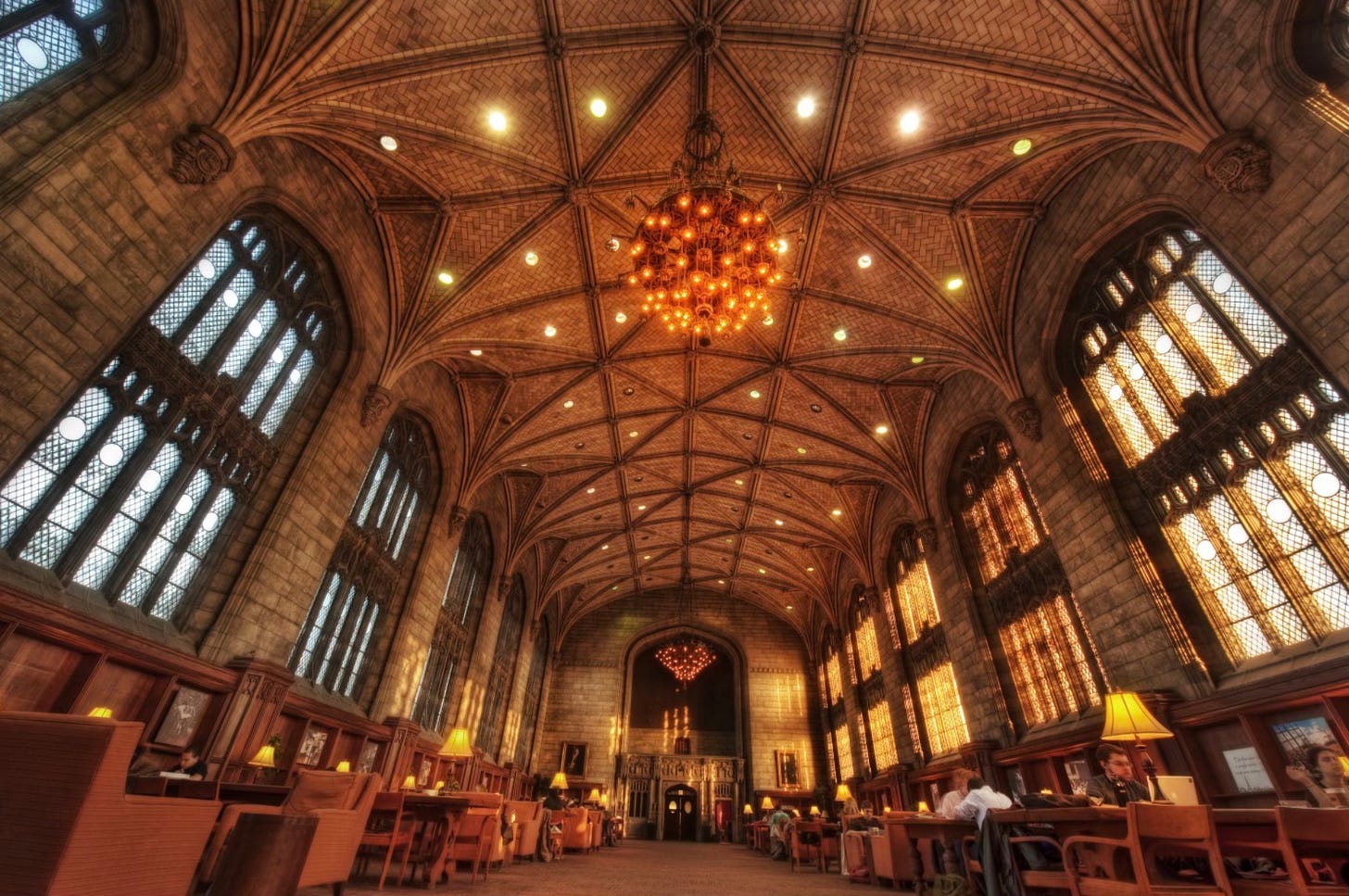
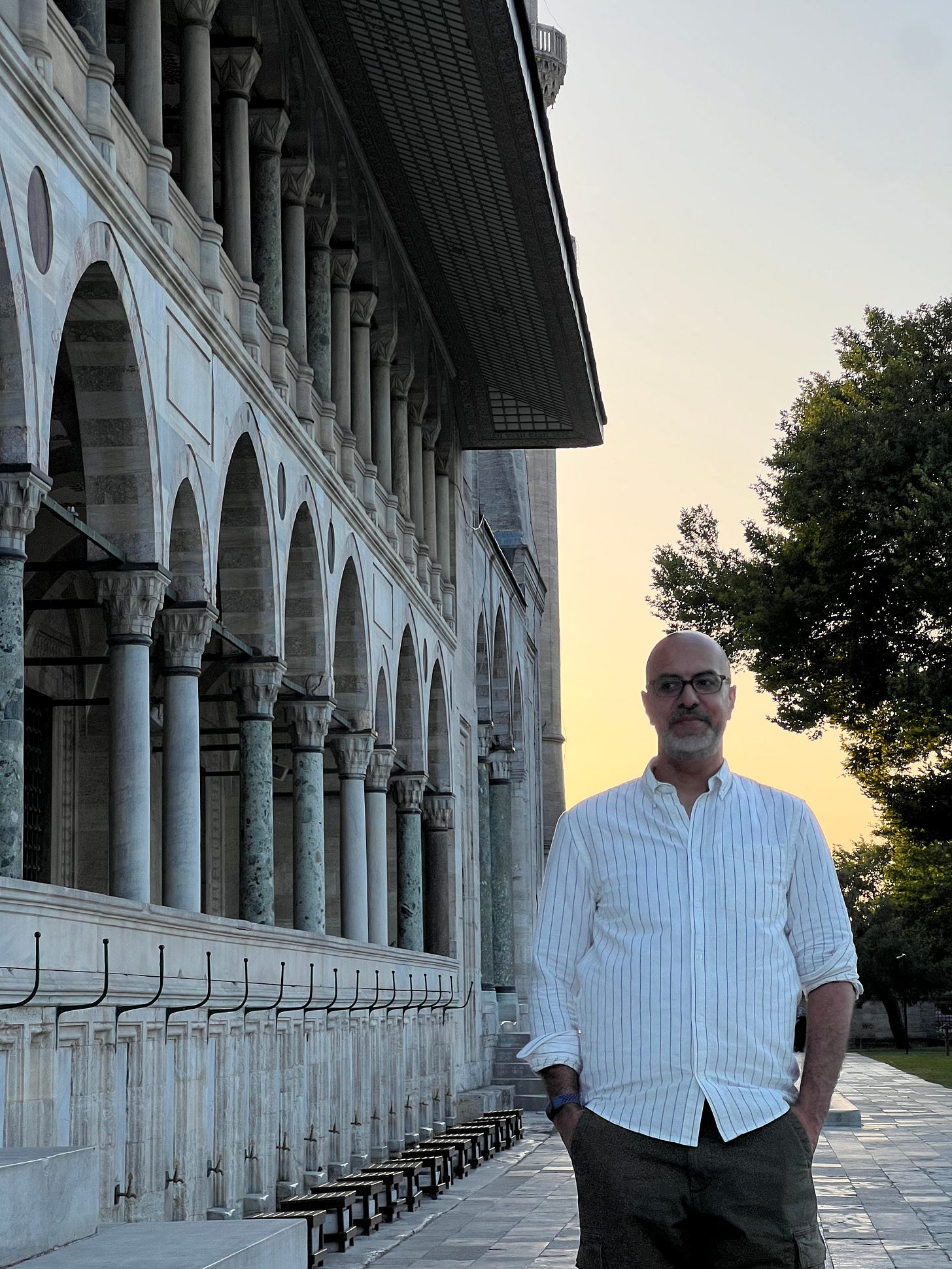
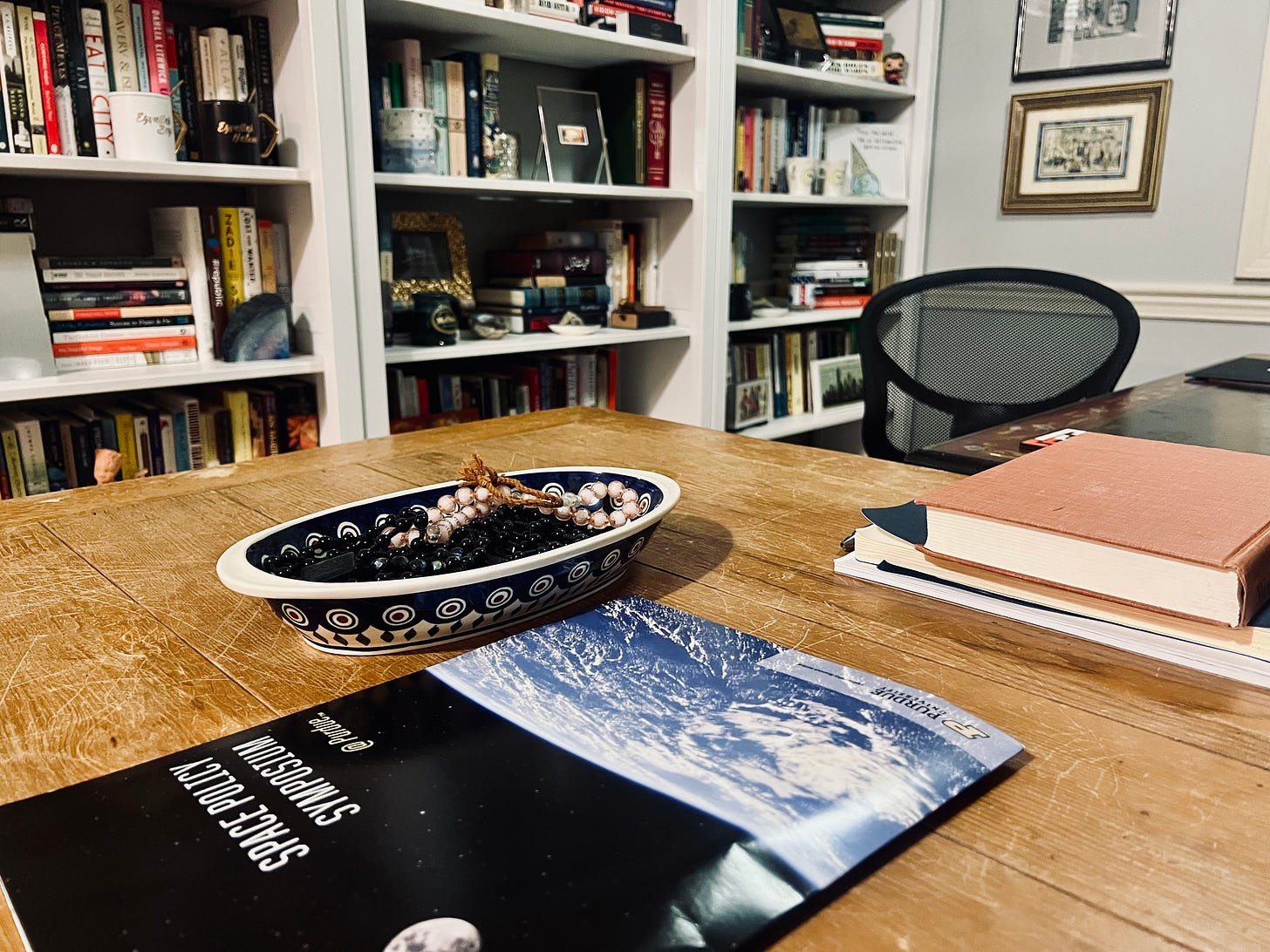
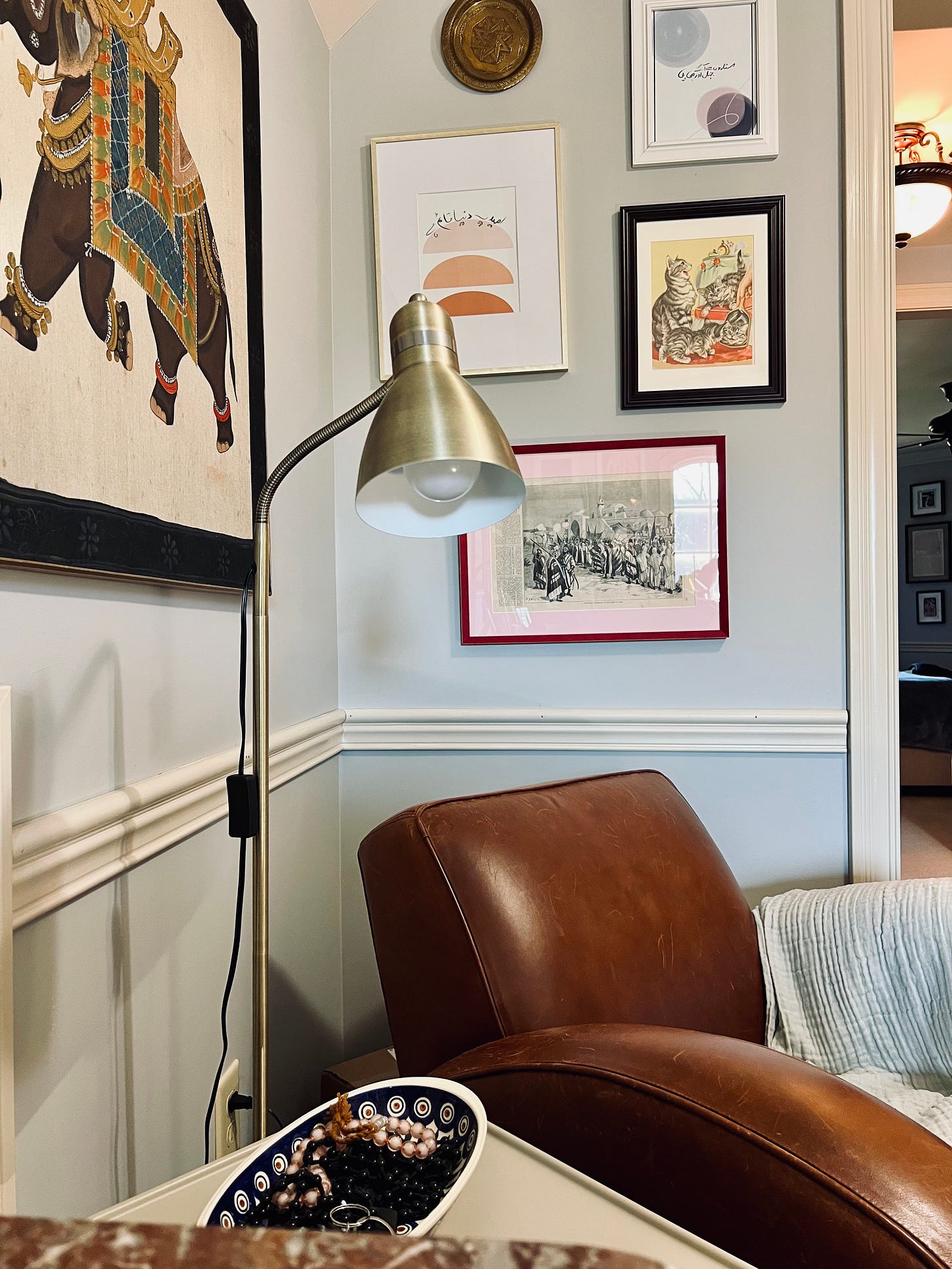


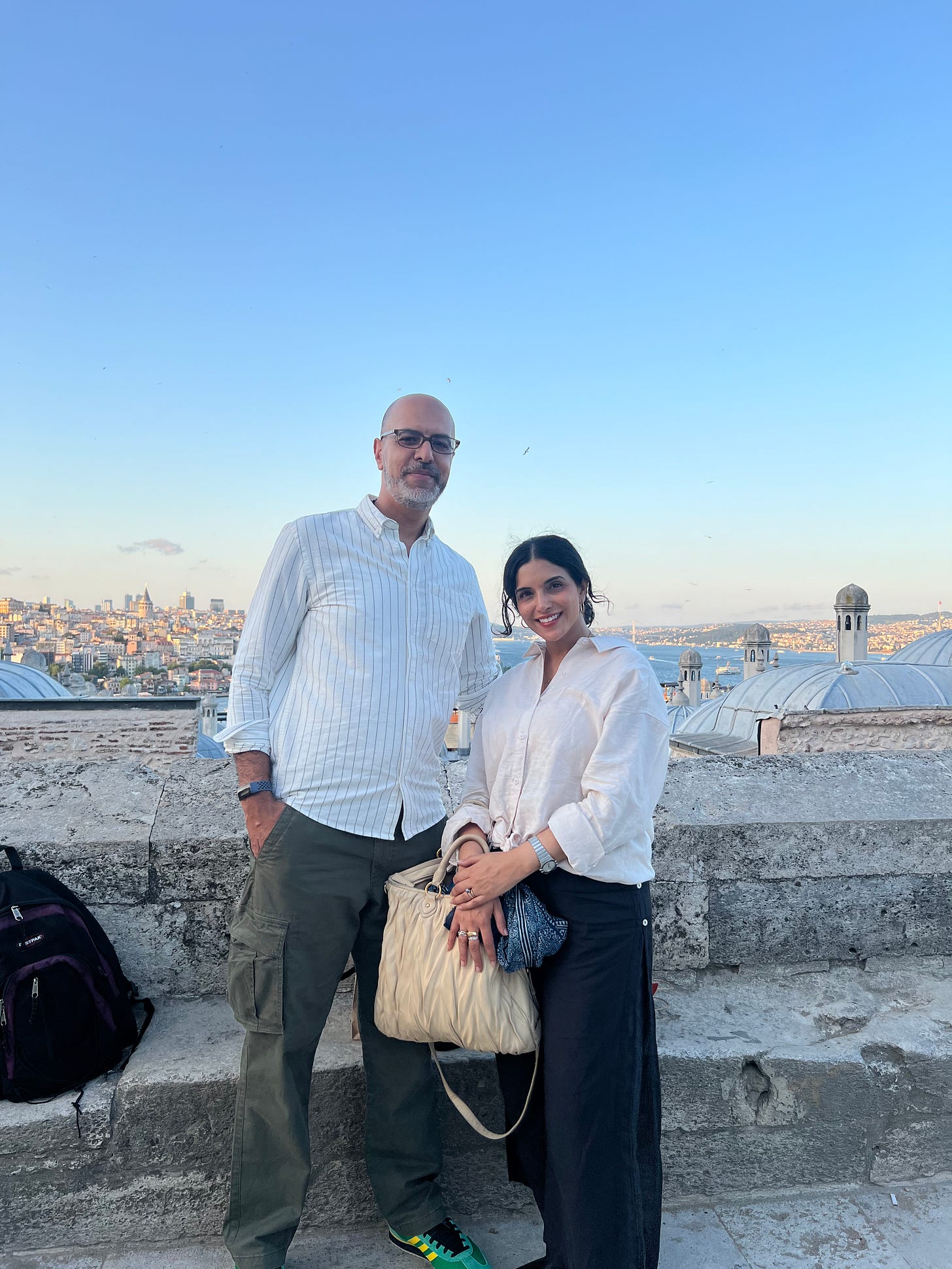
Thanks for the great article. It beautifully weaves meditation on how spaces shape thought, memory, and intellectual pursuit. The way you trace the influence of architecture on contemplation is both evocative and deeply personal, showing how physical surroundings can inspire and elevate the search for knowledge. Your reflections remind us that the places we inhabit are not just backdrops but active participants in how we engage with ideas.
Yet, I wonder whether we sometimes risk attributing too much power to these spaces, as if wisdom itself depends on the presence of grand halls and sacred silence. History tells us otherwise... some of the most transformative ideas have emerged in exile, in modest rooms, in places where contemplation was an act of defiance rather than privilege. Perhaps what truly creates the architecture of thought is not the grandeur of a space, but the hunger of the mind that refuses to be confined by it.